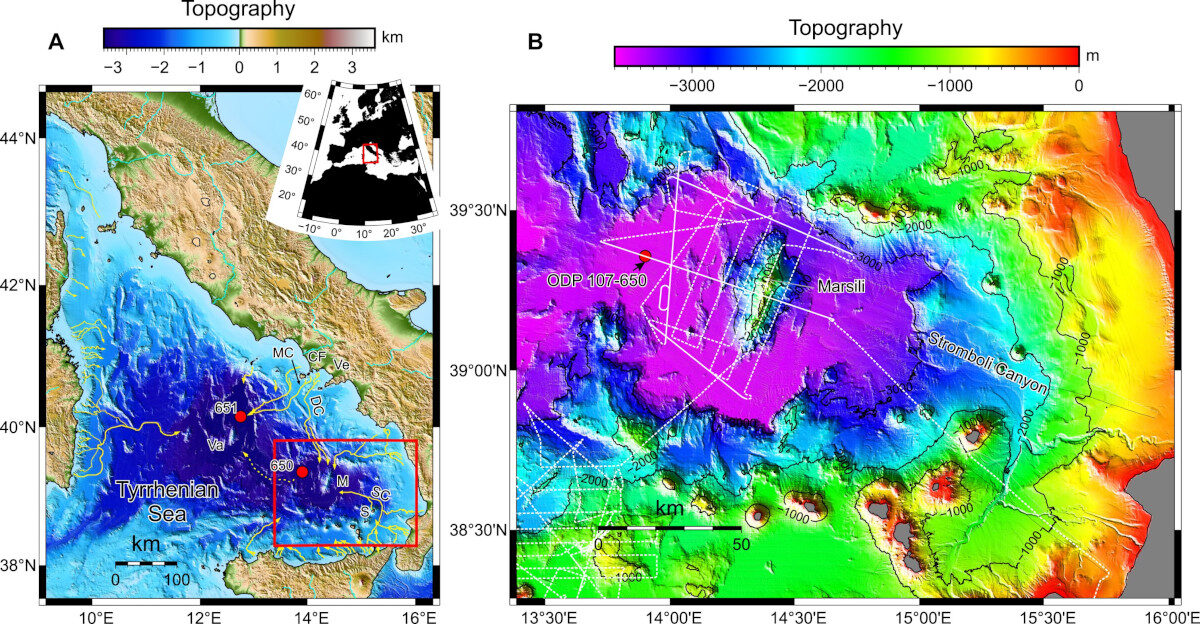
© Geology (2023). DOI: 10.1130/G51198.1(A) The Marsili Basin lies in ~3000 m water depth in the Tyrrhenian Sea. Ocean Drilling Program Leg 107 Sites 650 and 651 marked as red circles. Red box shows map in (B). Campi Flegrei (CF) fields (source of 39.8 ka Campanian Ignimbrite and 14.9 ka Neapolitan Yellow Tuff) shown with nearby submarine canyons (Dohrm [DC] and Magnaghi [MC]) as yellow lines. Ve—Vesuvius; SC—Stromboli Canyon. (B) CHIRP subbottom profiles shown as white dashed lines. Continuous white lines involved the acquisition of additional airgun seismic data. Bathymetry is a merged dataset of a 40-m grid CHIANTI multibeam bathymetry together with EMODNET bathymetry. Contour interval is 1000 meters.
Researchers have discovered a series of large undersea sediment deposits in a region near Italy that were likely
formed by an ancient volcanic supereruption.These deposits, known as megabeds, were found in the western Marsili Basin, an area at the bottom of the Tyrrhenian Sea that surrounds the Marsili Seamount, a large undersea volcano.
By combining geophysical data acquired from a Spanish research project and data from sediment cores collected from a nearby
Ocean Drilling program site, scientists were able to show that three deposits are made up of alternating beds of volcaniclastic sand and mud, while the fourth is a volcaniclastic debris flow, a more dense mixture of volcanic sediment and water.
The study's findings, published in the Journal
Geology, suggest that these structures were deposited during a volatile time when the
Campi Flegrei caldera and the Neapolitan Yellow Tuff supereruption were active.
The new study suggests that these megabeds originated not from nearby volcanoes, but from a volcanic province to the north. That province, researchers think, was an area once near the Campanian Ignimbrite (CI) supereruption of Campi Flegrei, the largest one of its volcanic eruptions since the caldera's formation nearly 50,000 years ago.
This still volcanically active region could pose immense danger in the future, said
Derek Sawyer, lead author of the study and an associate professor of
earth sciences at The Ohio State University. The discovery of these previously unknown megabeds is pivotal for understanding and measuring the impact of such recurring geohazards over time.
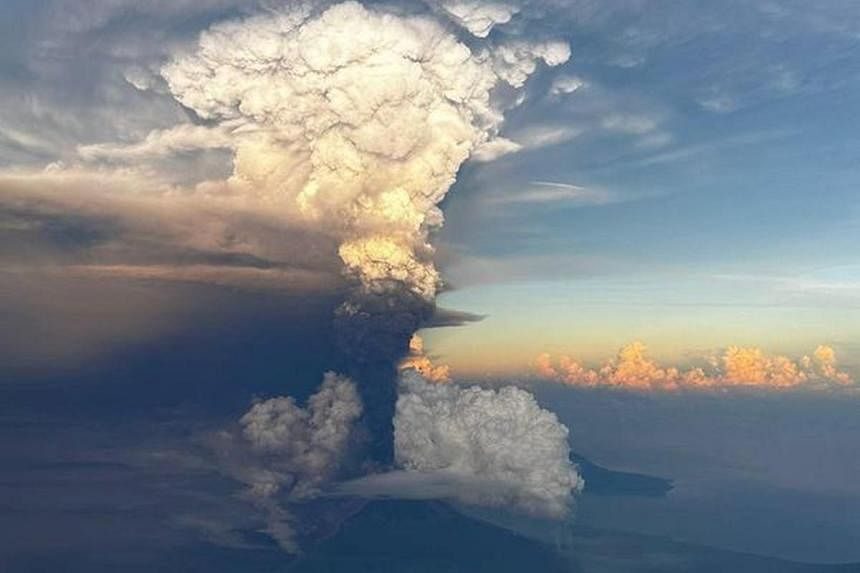
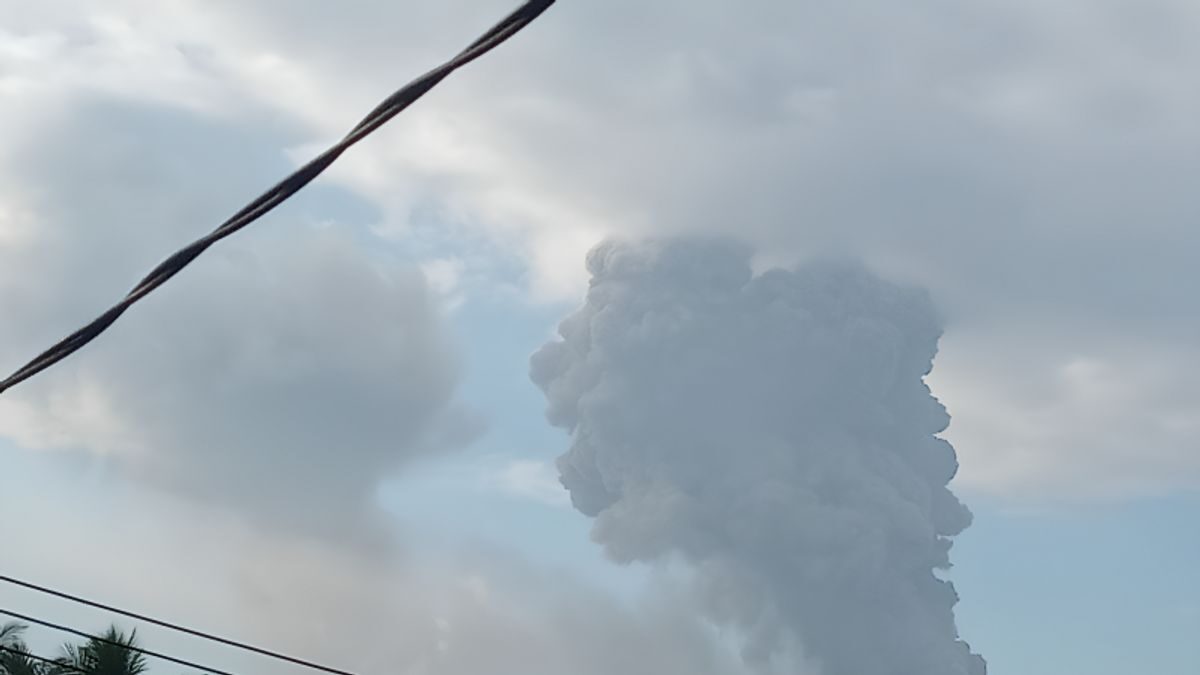
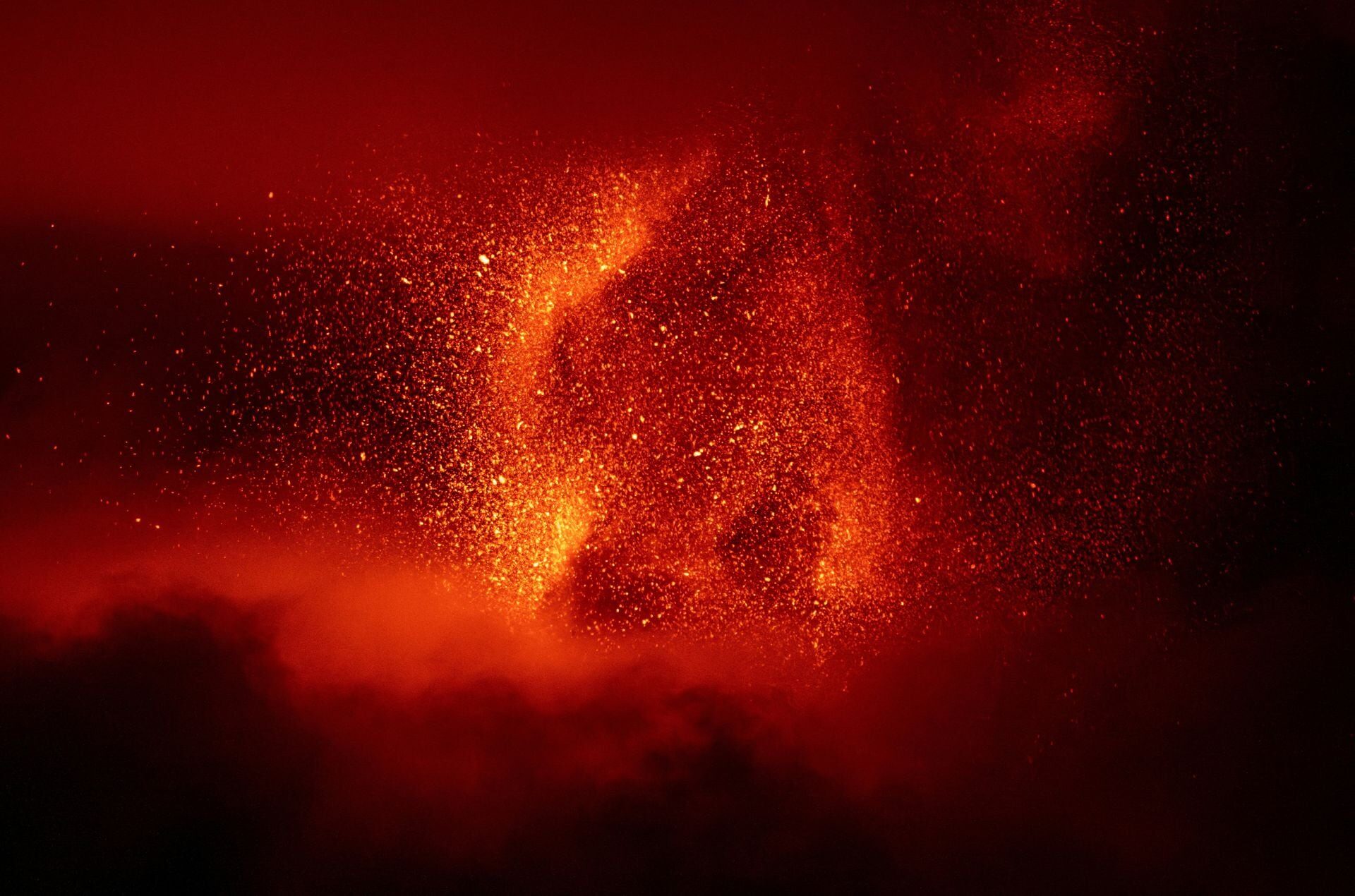
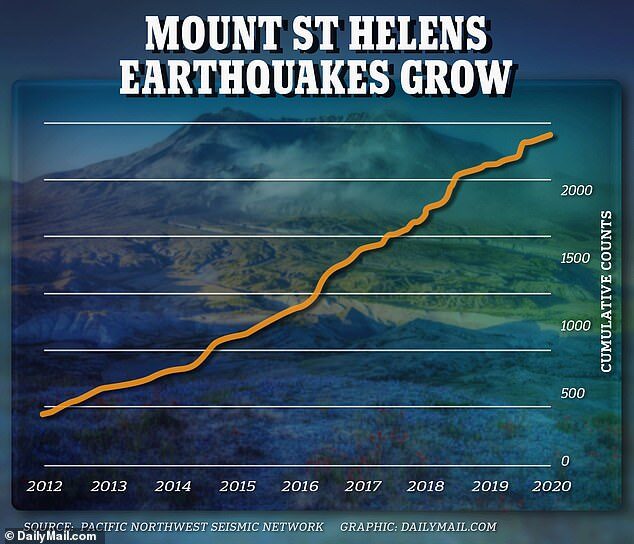

Comment: This is particularly notable because it comes amidst a spike in volcanic and seismic activity elsewhere:
- Volcanoes, Earthquakes And The 3,600 Year Comet Cycle
- Eruption fears as Iceland's Grindavik residents given five minutes to go home amid earthquakes
- Underwater volcanic eruption gives birth to new island in the Pacific
- Intense eruptive activity starts at Italy's Mount Etna
Also check out SOTT radio's: